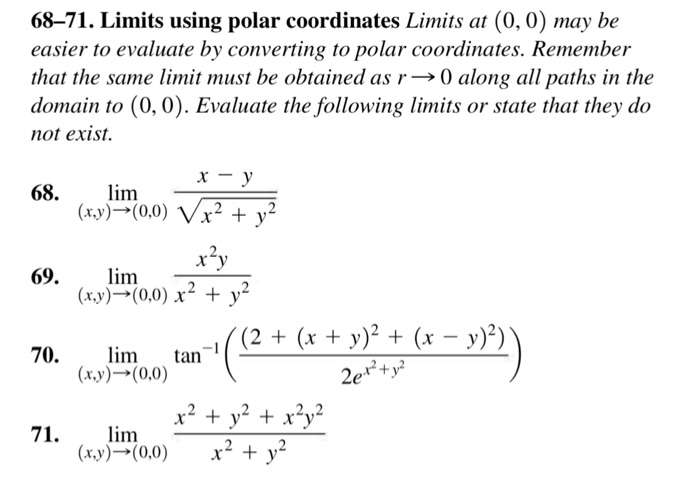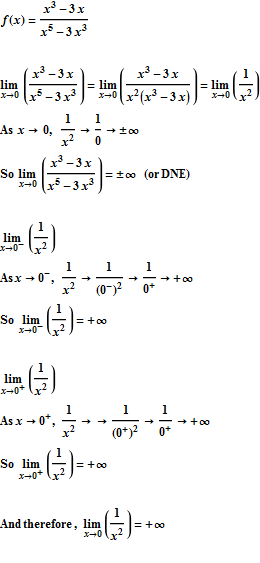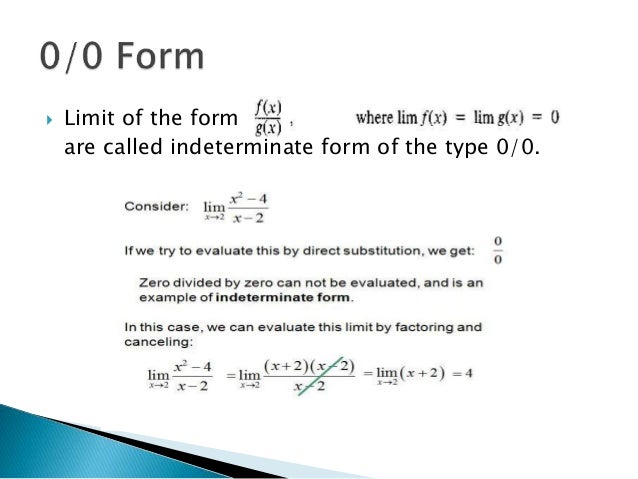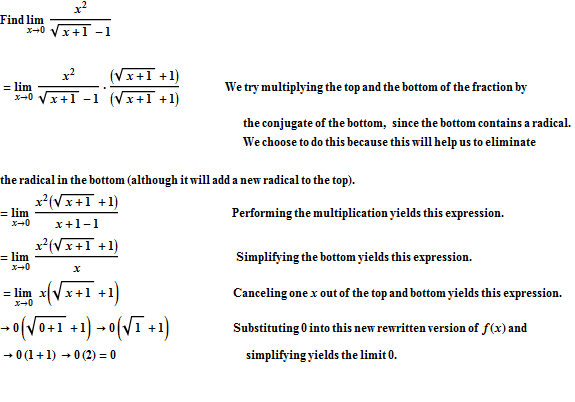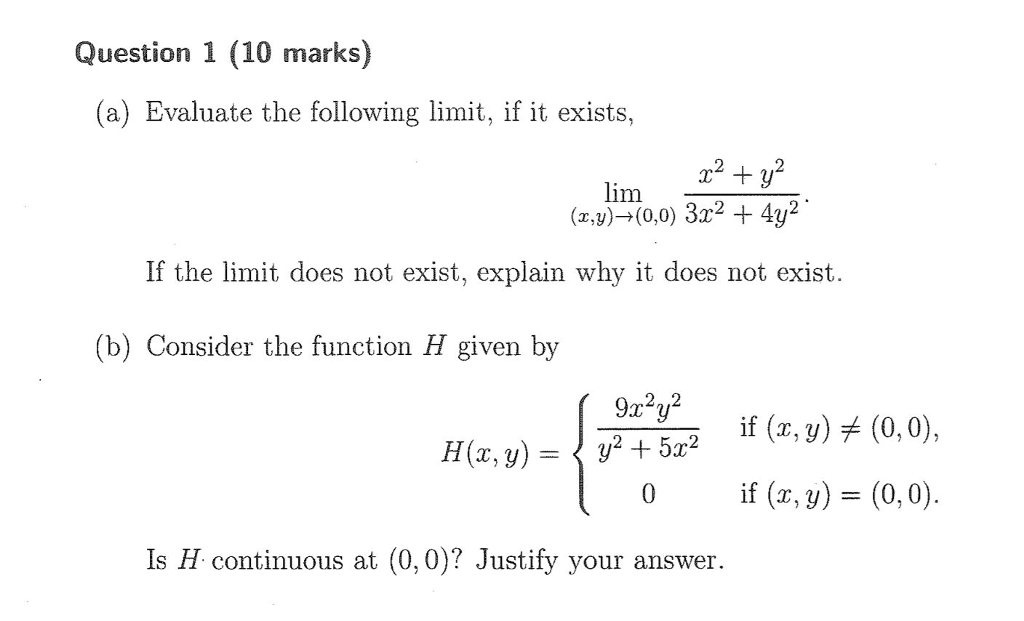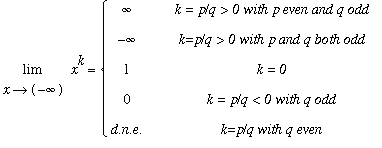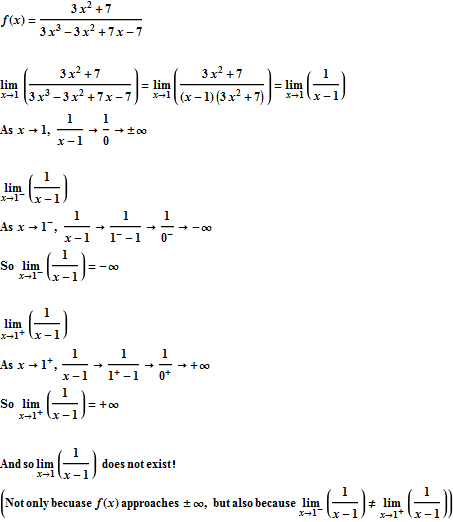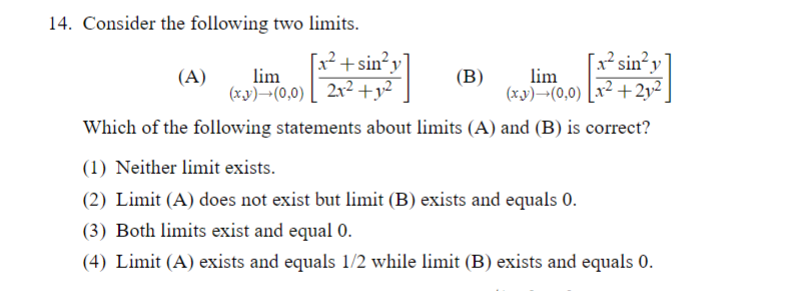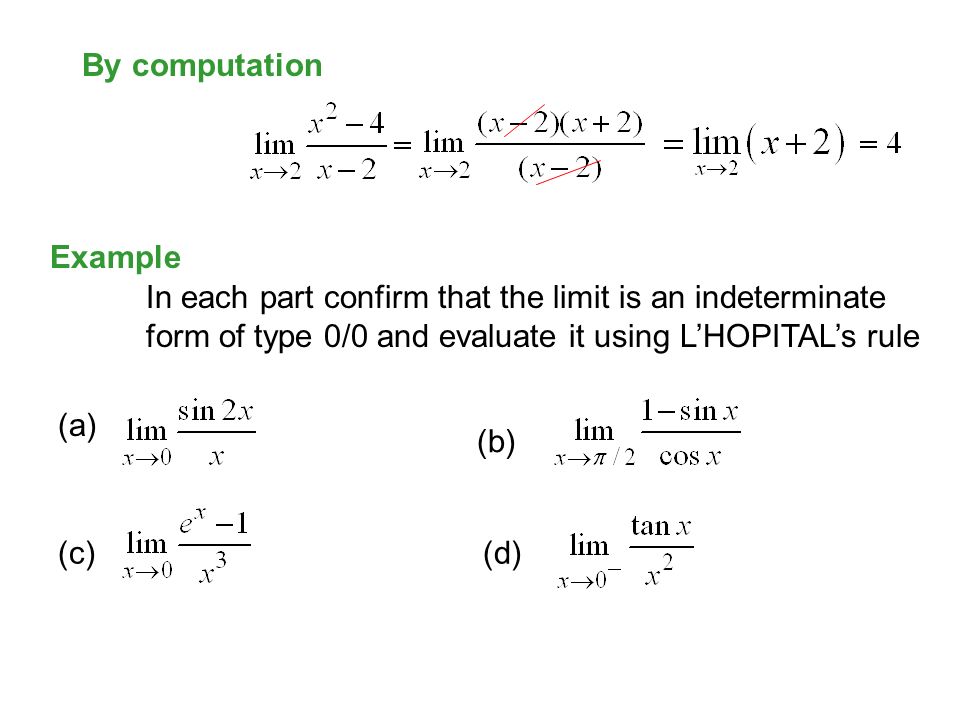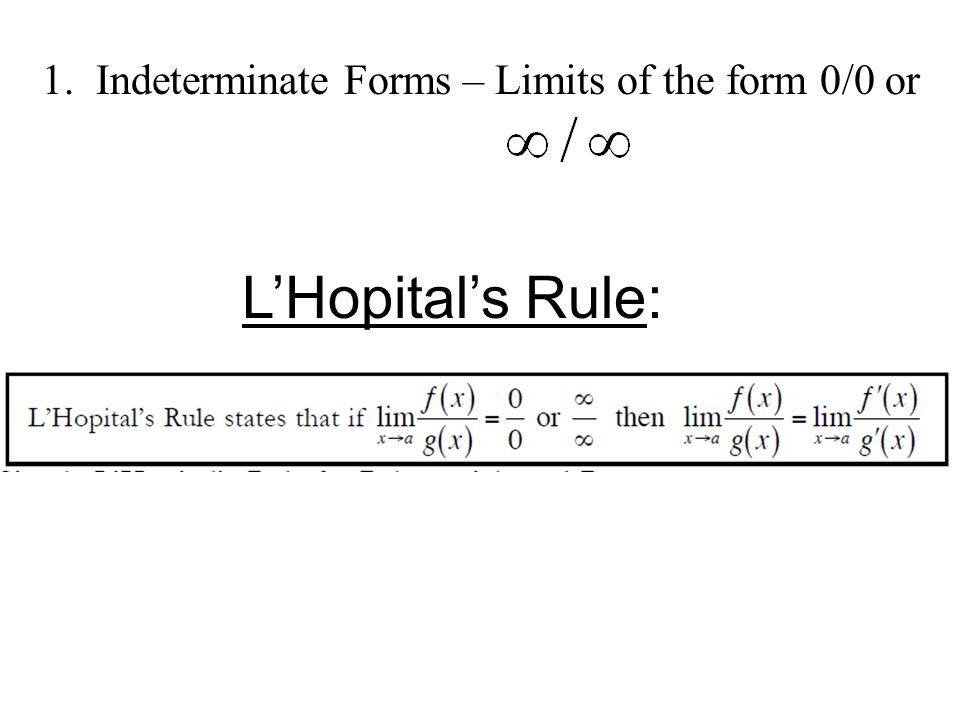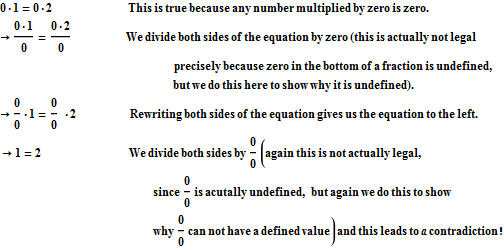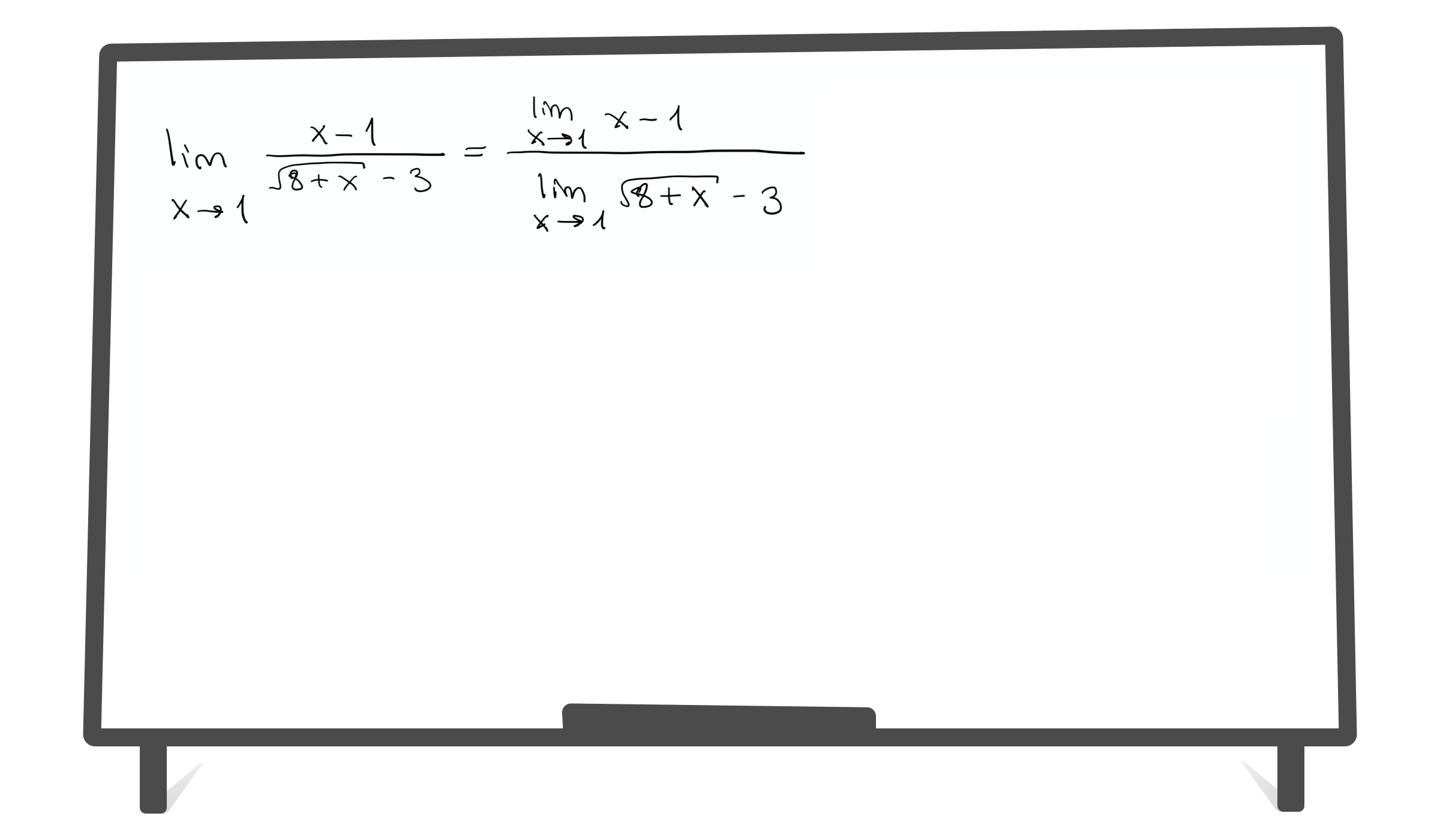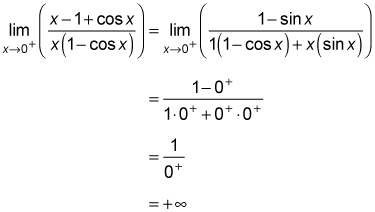0 0 Limits

So instead of trying to work it out for x 1 let s try approaching it closer and closer.
0 0 limits. However in take the limit if we get 0 0 we can get a variety of answers and the only way to know which on is correct is to actually compute the limit. Now 0 0 is a difficulty. In a loose manner of speaking 0 0 displaystyle 0 0 can take on the values 0 displaystyle 0 1 displaystyle 1 or displaystyle infty and it is easy to construct similar examples for which the limit is any particular value. Lim x 0 1 x 2 1 0 n 0 form since the limit has the n 0 form we know the limit does not exist.
When simply evaluating an equation 0 0 is undefined. Determine the form of the limit. The limit of the denominator is. L hôpital s rule can help us evaluate limits that at seem to be indeterminate suc as 00 and.
We need to do some work to put it in a form where we can determine the limit. We don t really know the value of 0 0 it is indeterminate so we need another way of answering this. Read more at limits to infinity. Read more at l hôpital s.
In that case the above expression can be defined as the limit of the function f of x as x approaches b is equal to l. Lim x 0 x 5 5 x 0 5 5 0 0 0 since the limit is in the form 0 0 it is indeterminate we don t yet know what is it. Bibliography george baron a short disquisition concerning the definition of the word power in arithmetic and algebra the mathematical correspondent 1804 pages 59 66. Lim x 1 x 1 0 our limit is therefore of the form relax0 0 and we can probably factor a term going to 0 out of both the numerator and denominator.
Lim x 1 1 x 1 3 x 5 x 1 when looking at the denominator we hope that this term is x 1. There are many more kinds of indeterminate forms and we will be discussing indeterminate forms at length in the next chapter. However it still might be an infinite limit. For x 1 x 2 1 x 1 1 2 1 1 1 0 0 now this is undefined or indeterminate we need another way to work this out.
If you are dealing with limits then 0 0 is an indeterminate form but if you are dealing with ordinary algebra then 0 0 1.

